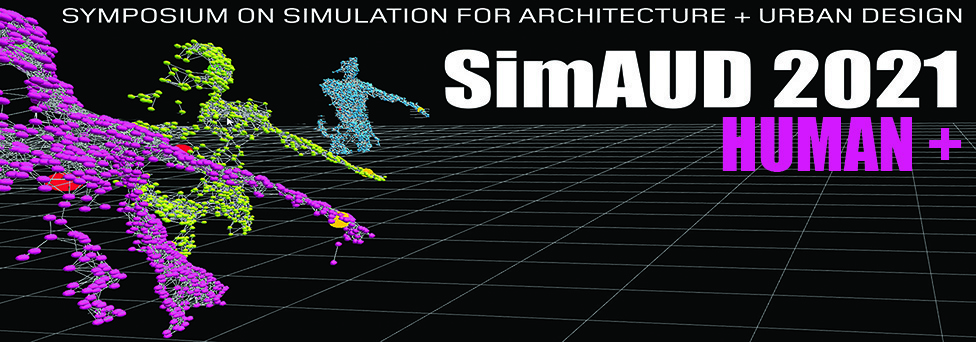paper at SIMAUD 2021

Ming Tang, Mark Landis’ paper titled “Fixed shading device design with the performance-based-design and energy simulation” is accepted at The 12th annual Symposium on Simulation for Architecture and Urban Design (SimAUD). 2021

This paper presents a performance-driven design (PBD) tool developed by combining the energy analysis abilities of Ladybug, Honeybee, and EnergyPlus to inform shading device design decisions. Consider architects as the user group, the PBD workflow presented in this paper demonstrates the optimization of fixed shading devices for cooling and heating loads while providing multiple aesthetic options by not limiting the shading device typology at the beginning of the process. The PBD produces iterations that perform similarly, yet effectively, in terms of energy savings so that a designer can design shading devices based on other criteria such as aesthetic concerns or constructability issues. With a customized user interface (UI) for PBD, designers can move between different shading typologies and add their own creative, artistic interpretations while not being required to run complex simulations after each design change. This paper presents how this PBD process with new UI (PBD-UI) can be agile enough to handle frequent design changes. This method was tested by a group of architectural design students and demonstrated that the PBD-UI is more in-line with the parametric design process than traditional shading device design methods. Combined with parametric design tools and customized UI, it can facilitate more creative, innovative design solutions based on performance criteria such as reducing heating and cooling loads.
The source code and tutorial of the tool are available here.


